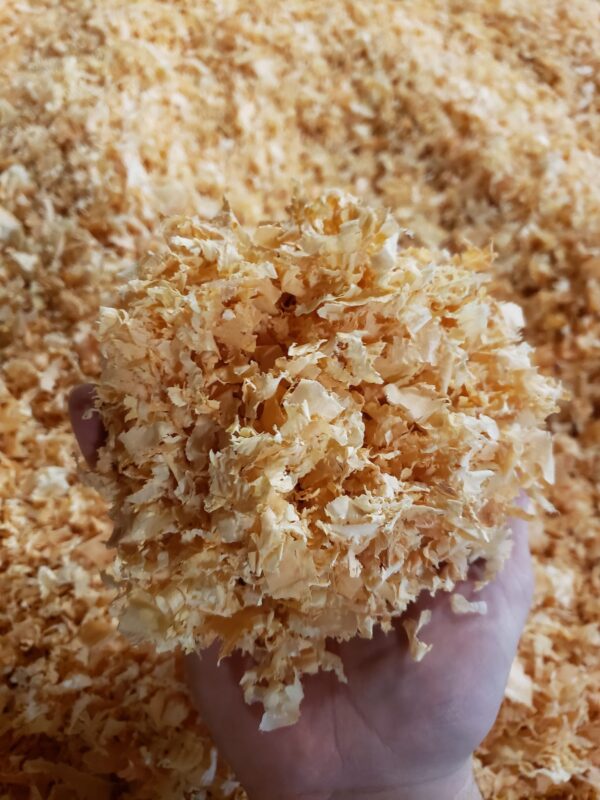
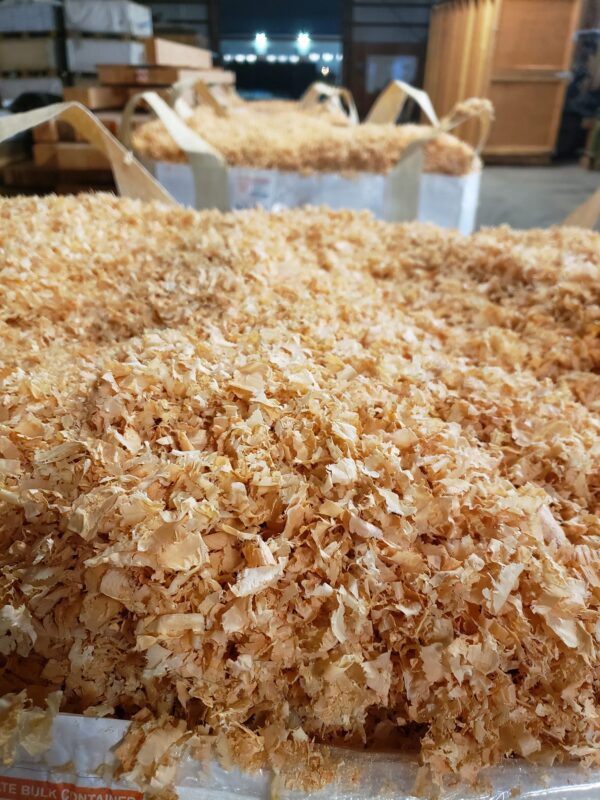
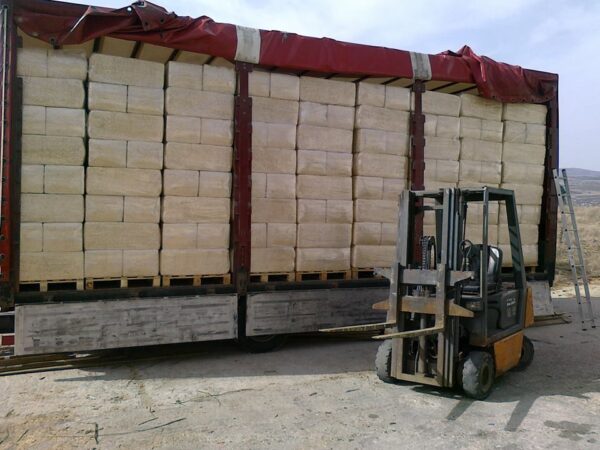
Wood Shavings – Poultry Bedding
Spruce and Pine softwood as raw 1 material
• Moisture content 7-12%.
• Bulk density 185 Kg/m³
• Dust free, No bacteria
• Greatly reduces the risk of accidental rolling
• Will not carry easily into the feed or the drinkers
• Improved thermal properties, warm & comfortable
• Easy to use, a bedding suitable for use in most spreading equipment
1. Material Composition:
- Softwood: Pine, spruce, or fir.
- Hardwood: Aspen or other non-aromatic hardwoods.
- Optional Cedar: Low-aromatic cedar can be used sparingly for pest control.
2. Shaving Size:
- Fine Shavings: Small, fluffy particles; good for better absorbency but may compact over time.
- Large Flakes: Larger wood pieces; provide better aeration, stay fluffier, and resist packing down.
3. Moisture Content:
- Kiln-Dried: Ideal moisture content of 7-12% for optimal absorbency and reduced mold risk.
- Air-Dried: Higher moisture content, typically around 12-20%, but may not absorb as well.
4. Absorbency:
- High Absorbency: 2-4 times its weight in liquid, which helps control moisture and odor in the coop.
5. Dust Content:
- Low-Dust: Important to reduce respiratory issues for poultry and keep the coop environment clean.
6. Aroma:
- Neutral Scent (Pine/Softwood): Fresh scent with mild natural odor, safe for poultry.
- Non-Aromatic (Aspen/Hardwood): Minimal to no scent, ideal for sensitive respiratory systems.
7. Bale Weight:
- Common Sizes: Typically sold in compressed bales weighing between 10-30 lbs (4.5-13.6 kg).
8. Coverage:
- Volume: A 10-lb bag of wood shavings usually covers around 8-10 square feet at a depth of 4-6 inches.
- Compression Ratio: Compressed shavings expand significantly when unpacked; 3:1 or 4:1 expansion rates are common.
9. Biodegradability:
- Fully Biodegradable: Can be composted after use, adding nutrients to your garden or compost pile.
10. Insect Repellent Properties:
- Cedar (low aromatic): May help deter mites, lice, and other pests naturally.
- Pine Oils: Have mild insect-repellent properties but are safe for regular use.
11. Packaging:
- Bale Dimensions: Typically 18 x 14 x 12 inches for compressed bales.
- Compressed vs. Loose Fill: Available in either compressed bales or loose-fill bags.



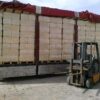
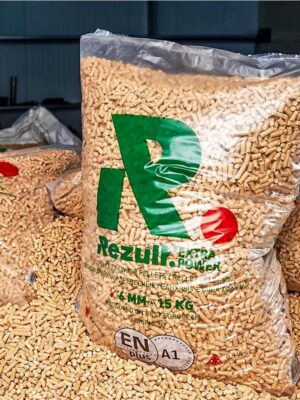
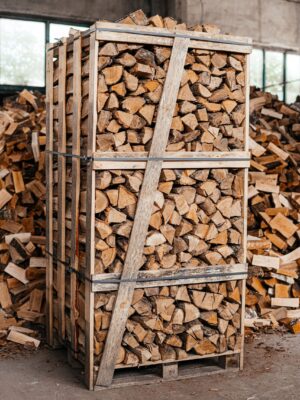
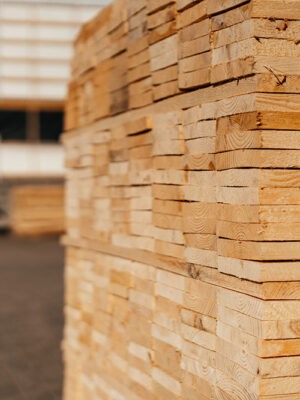

Reviews
There are no reviews yet.